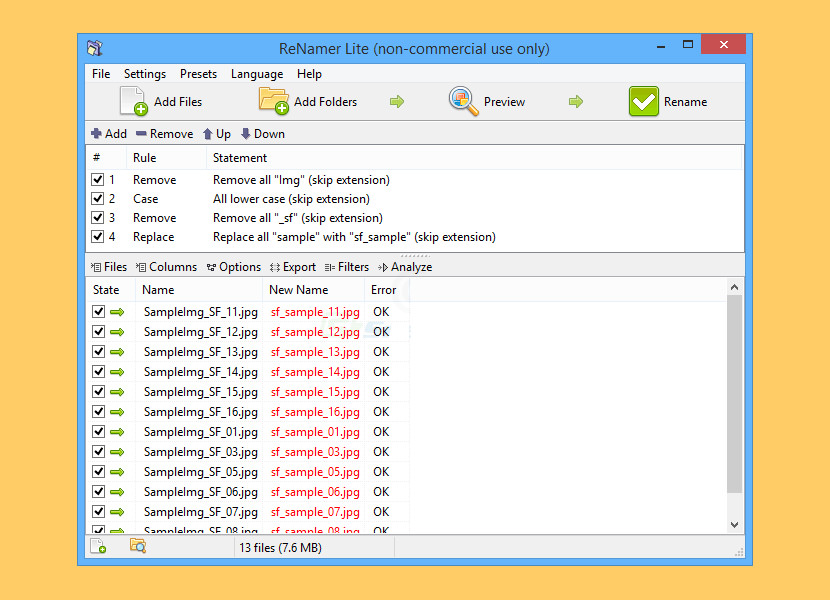

To clone your repository using the command line using HTTPS, under "Quick setup", click. It's often made if you don't initialize the repository with a README when creating it. Follow the prompts in GitHub Desktop to complete the clone.įor more information, see " Cloning a repository from GitHub to GitHub Desktop." Cloning an empty repositoryĪn empty repository contains no files.Click Open with GitHub Desktop to clone and open the repository with GitHub Desktop.On your GitHub Enterprise Server instance, navigate to the main page of the repository.> remove: Total 10 (delta 1), reused 10 (delta 1) > remote: Compressing objects: 100% (8/8), done. $ git clone > Cloning into `Spoon-Knife`. Type git clone, and then paste the URL you copied earlier. Ĭhange the current working directory to the location where you want the cloned directory. To clone a repository using GitHub CLI, click GitHub CLI, then click.To clone the repository using an SSH key, including a certificate issued by your organization's SSH certificate authority, click SSH, then click.To clone the repository using HTTPS, under "HTTPS", click.So, you need to get your hands over the best renamers there is! And that’s why I’ve come up with the best 5 file renamers for Windows 10 to make things easier for you.On your GitHub Enterprise Server instance, navigate to the main page of the repository.

Renamers have all the controls over your files and will let you manipulate them as necessary. And for that, you have to take the help of the renamers. Maybe you want to add some words at the beginning or at the end or even remove some characters out. You should have more control over the files when you rename them in a batch.

So, if you want to change some words from all the files it would take you ages to finish that. This month, Outbyte has been downloaded by 26,078 readers.


 0 kommentar(er)
0 kommentar(er)
